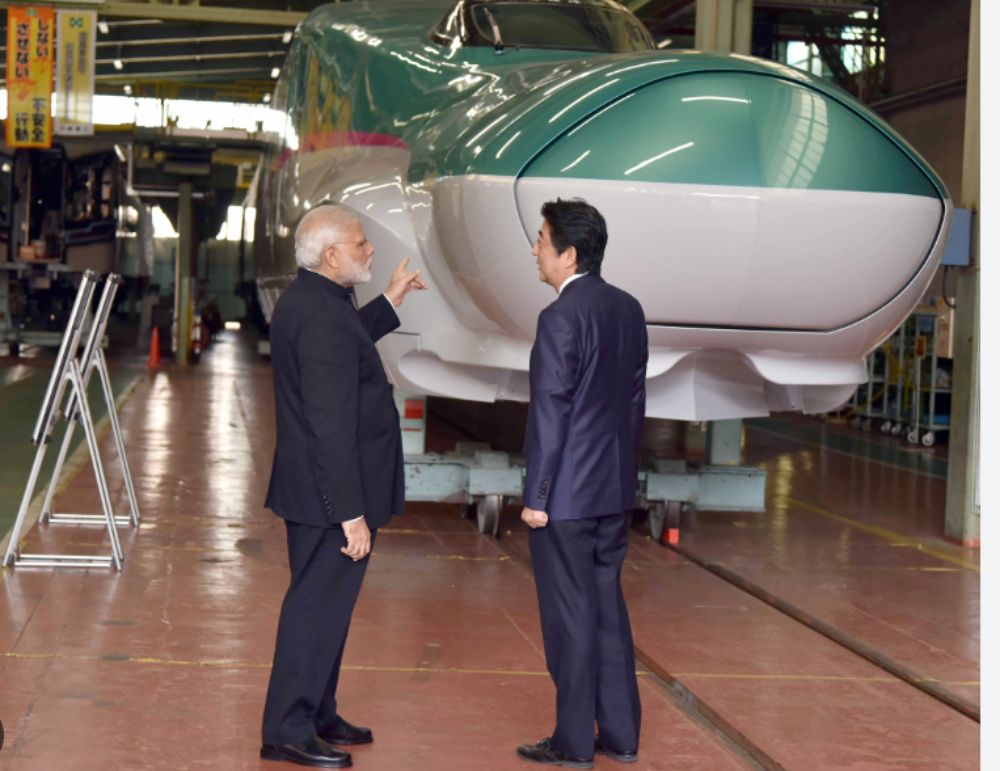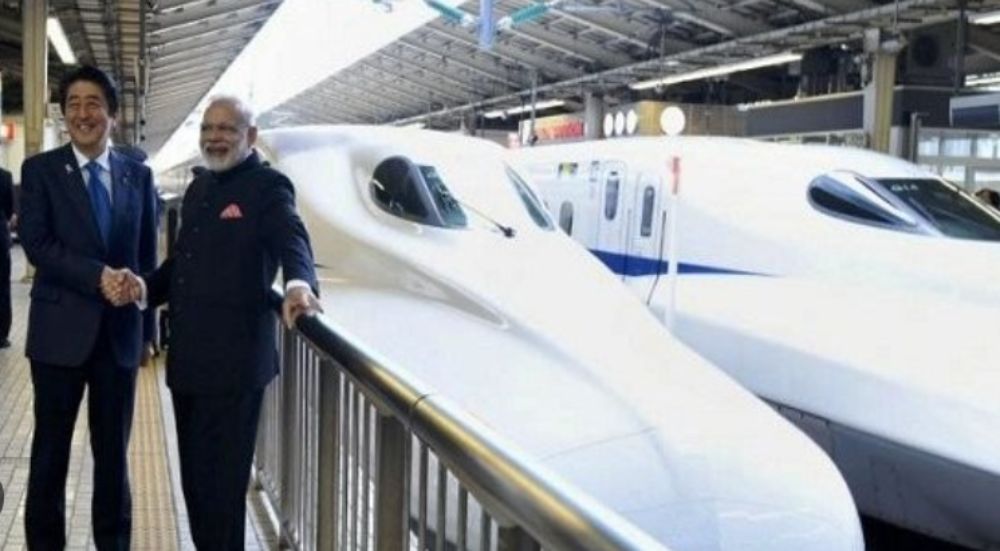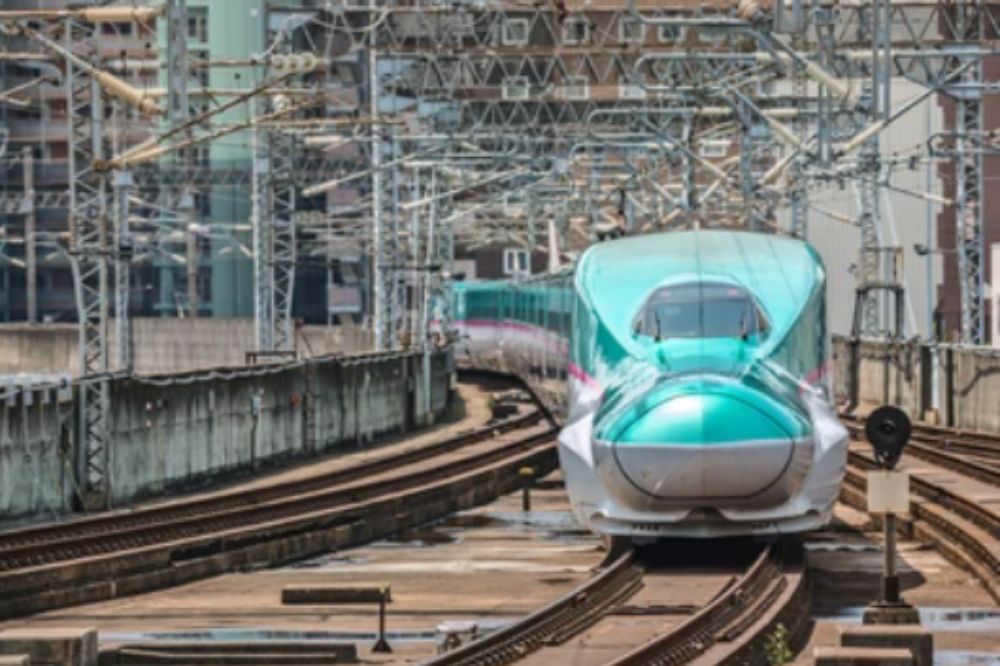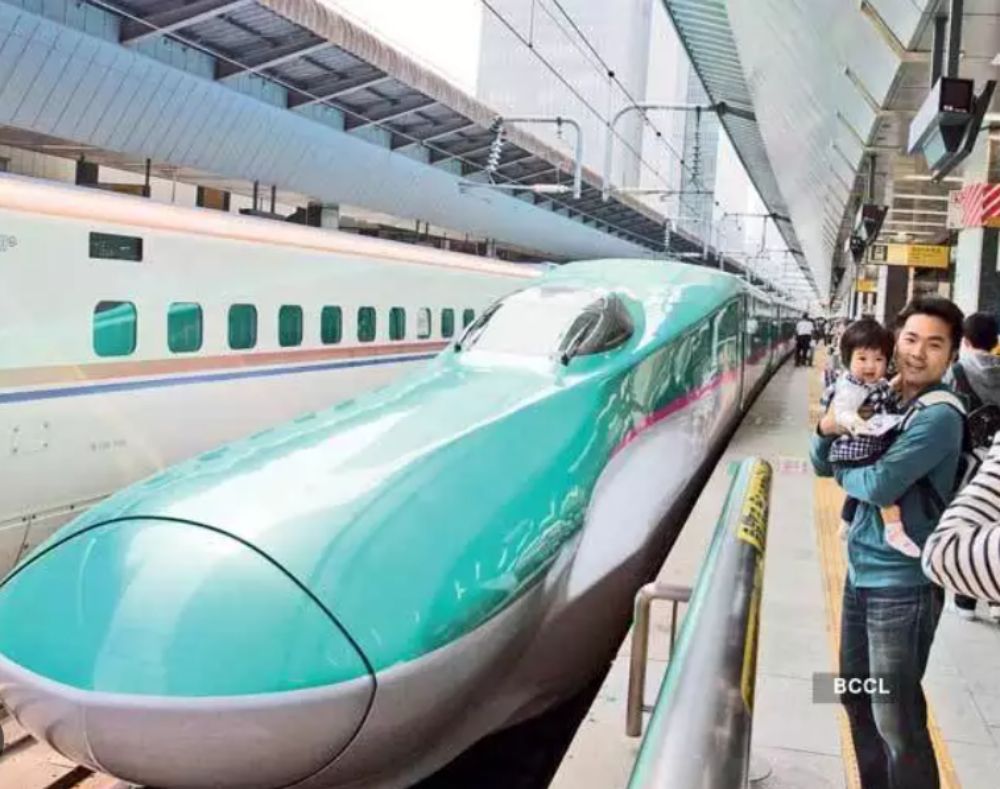The Indian Railways is gearing up for a revolutionary transformation, setting a target of deploying 4,500 Vande Bharat trains across the country by 2047. This ambitious plan, unveiled by Union Minister Jyotiraditya Scindia, aims to redefine rail travel on the existing tracks in India. The next three years will witness the commencement of operations for high-speed Bullet Trains, with Gujarat being the first state to experience this modern marvel.

Gujarat Takes the Lead: Inaugurating Bullet Train Era
Gujarat is set to witness the inauguration of India’s first Bullet Train, marking the beginning of a new era in rail transportation. This significant step aligns with the government’s commitment to sustainable and efficient travel. The Ahmedabad-Mumbai Bullet Train project, expected to be fully operational soon, symbolises the changing face of Indian Railways.
Boosting Rail Revenue and Reducing Carbon Footprint
The government’s emphasis on high-speed trains like Vande Bharat and Bullet Trains is not just about faster travel but also about reducing carbon emissions. With efforts to curb carbon footprint, the Net Zero Carbon initiative is a crucial aspect of the government’s plan. The increased number of Vande Bharat trains will contribute to achieving a more sustainable and eco-friendly rail network.

Massive Budget Allocation: Fueling Rail Development
The budget allocation for Railways in the fiscal year 2023-24 has seen a substantial increase, reaching Rs 2.4 lakh crore. This massive financial injection emphasises the government’s commitment to modernising railway infrastructure and enhancing connectivity across the country. A significant portion of this allocation is aimed at boosting rail connectivity in states like Jammu and Kashmir.
Vande Bharat’s Economic Impact: A Catalyst for Growth
Vande Bharat Express, with its advanced features and high-speed capabilities, is not just a mode of transportation but a catalyst for economic growth. The efficient connectivity it provides is expected to stimulate economic activities, generate employment opportunities, and contribute to the overall development of regions it traverses.

Manufacturing Challenges and Cost Considerations
The production cost of a single Vande Bharat train is over Rs 100 crore, as highlighted by the Integral Coach Factory in Chennai. While the cost is substantial, the benefits in terms of improved travel experience, reduced travel time, and environmental considerations position Vande Bharat trains as a worthwhile investment in the long run.
Meeting Passenger Demands: A Growing Market
The demand for Vande Bharat train tickets has surpassed expectations, with the first operational year alone seeing revenue of over Rs 92 crore. Passenger demands for comfortable travel experiences, including catering and other services, have significantly contributed to the revenue generated.

Future Plans: South India’s Rail Development
As demand for Vande Bharat trains continues to rise, the government is focusing on expanding operations in different states. The Southern Railways’ initiative to introduce more advanced features and services is a step towards enhancing passenger experiences and catering to the diverse demands of travellers.
Investing in Rail Infrastructure: A Collaborative Effort
The collaborative efforts of the Railways and Road Transport ministries, with an investment of over Rs 10 lakh crore, showcase the commitment to enhancing rail infrastructure in India. This multi-faceted approach involves integrating various modes of transportation, further boosting the efficiency and reach of the rail network.

A Bright Future for Indian Railways
In conclusion, the vision to deploy 4,500 Vande Bharat trains by 2047 signifies a transformative period for Indian Railways. The integration of Bullet Trains, increased budgetary allocations, and a focus on sustainable travel underline the government’s commitment to modernising rail connectivity. As these initiatives unfold, India’s rail network is poised for a future marked by efficiency, sustainability, and enhanced connectivity.
